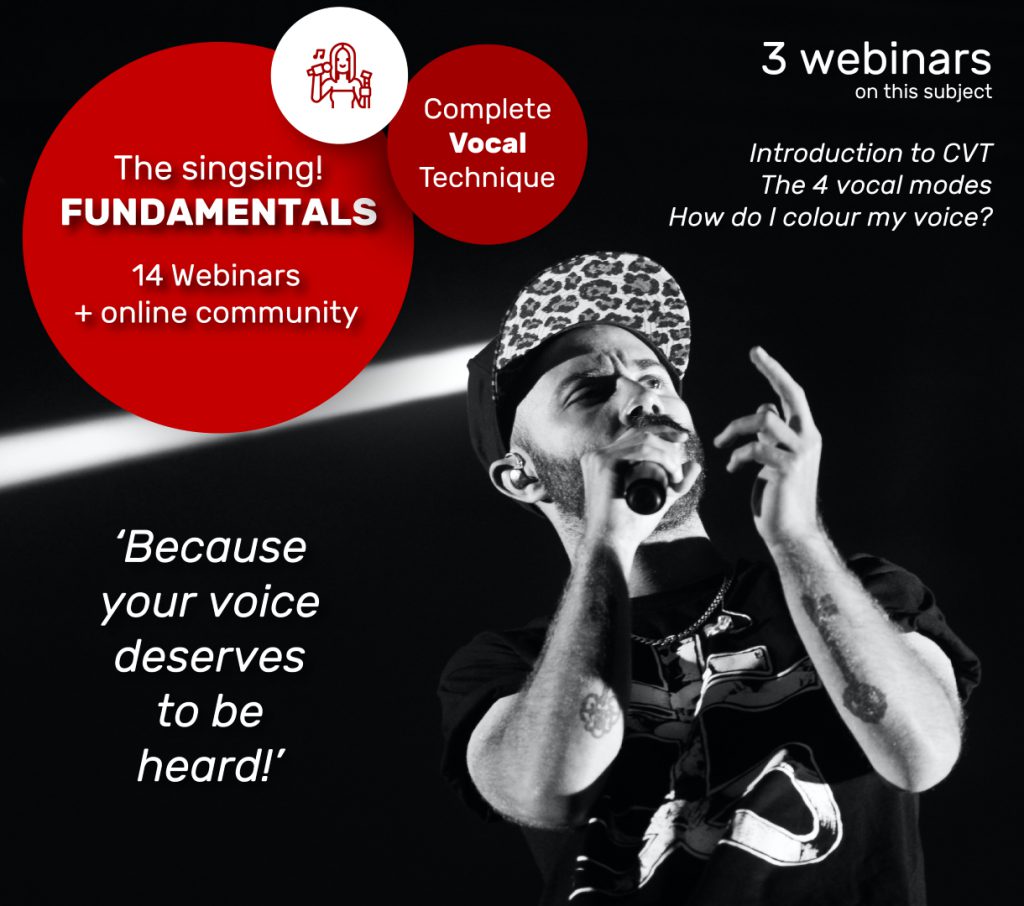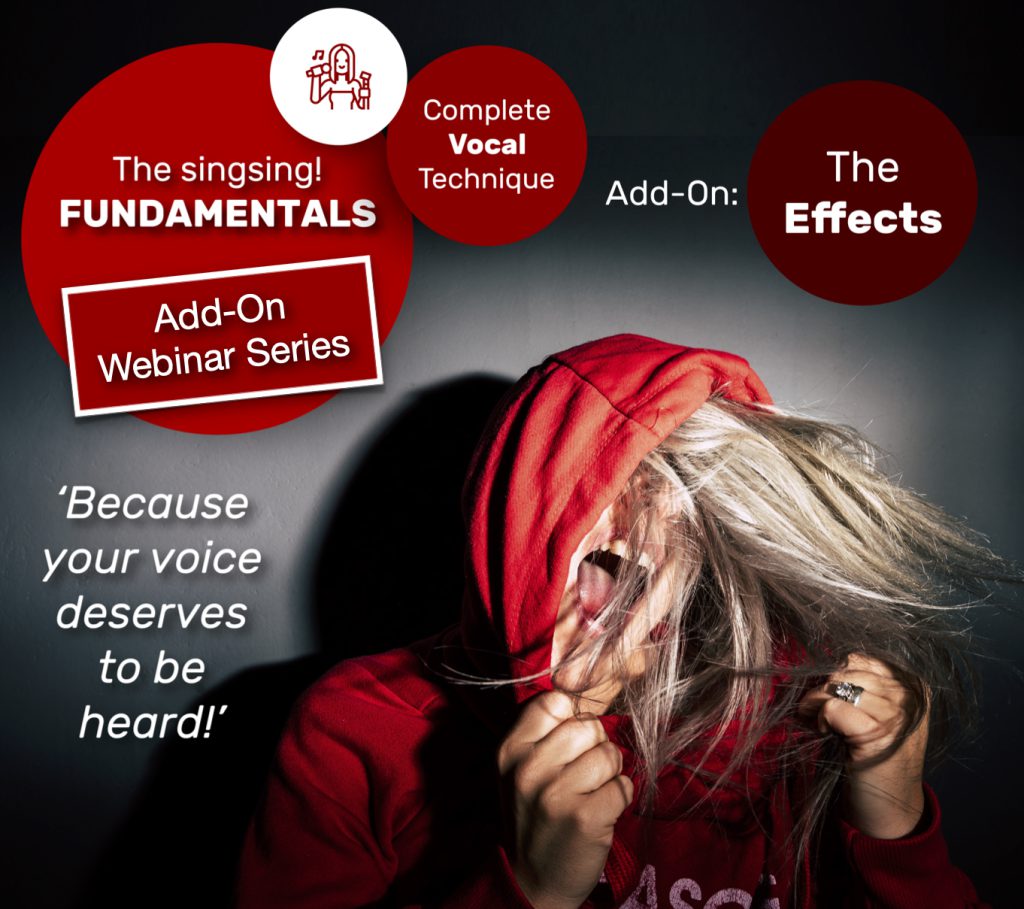
Understanding your voice provides freedom
25/10/2021
In this blog post, I talk about some of the most important lessons on vocal pedagogy I have learned; and want to pass on to you. So here it is:
My Rant with capital R on vocal technique.
You take lessons because you want to master your instrument: your voice.
Here’s an analogy: If you want to play the guitar, you have to understand what the frets do and how they work. Knowing that you need to place one finger on a certain spot, because it will shorten the string and it will make the sound higher when you pluck it with another finger is quite fundamental, right? Knowledge on your instrument is extremely empowering.
Then why would it be OK to take singing lessons, and not receive knowledge on WHY you need to do a certain thing in order to sing? Unfortunately, quite often, we receive mysterious vocal instructions because this is how you should do it. We are unable to link the instructions to our instrument, and as a consequence, it’s very difficult to execute the task.
In the blog post How do you take care of your voice?, I told you why vocal technique is not the holy grail of voice care. Well, here’s another bold statement:
Vocal technique is not a big mystery.

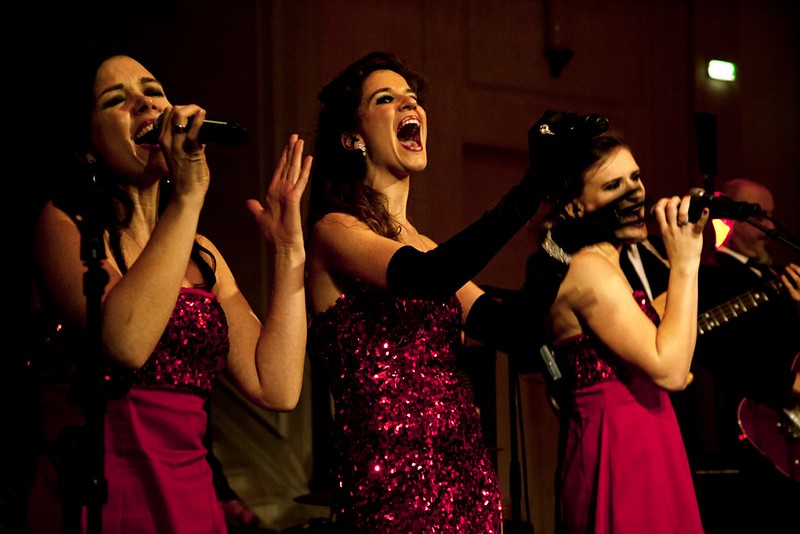
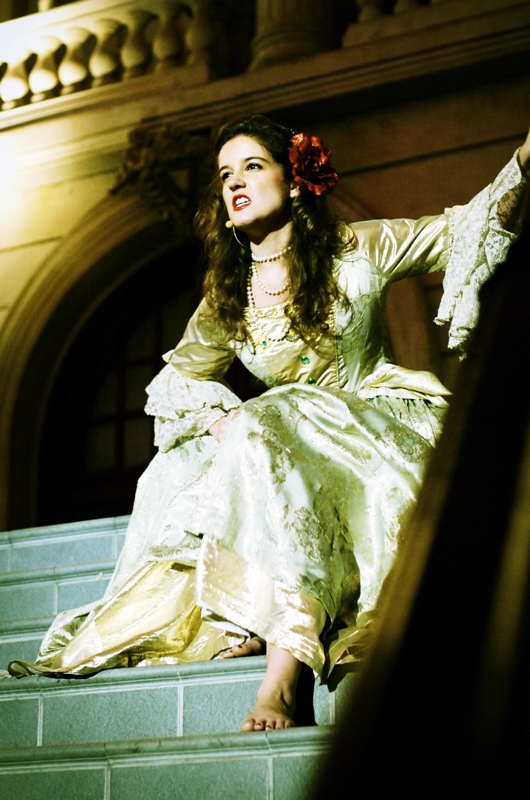

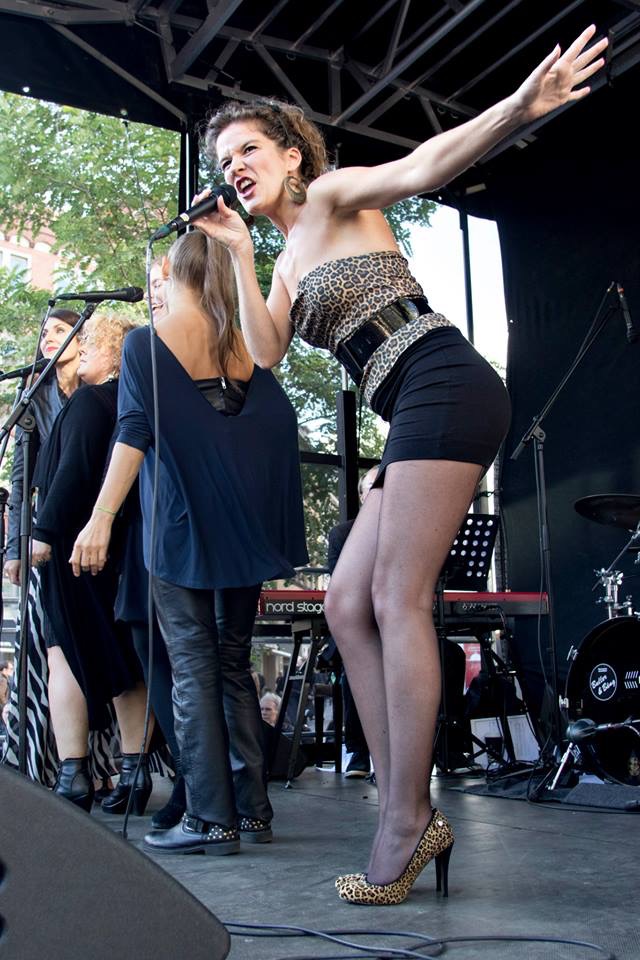
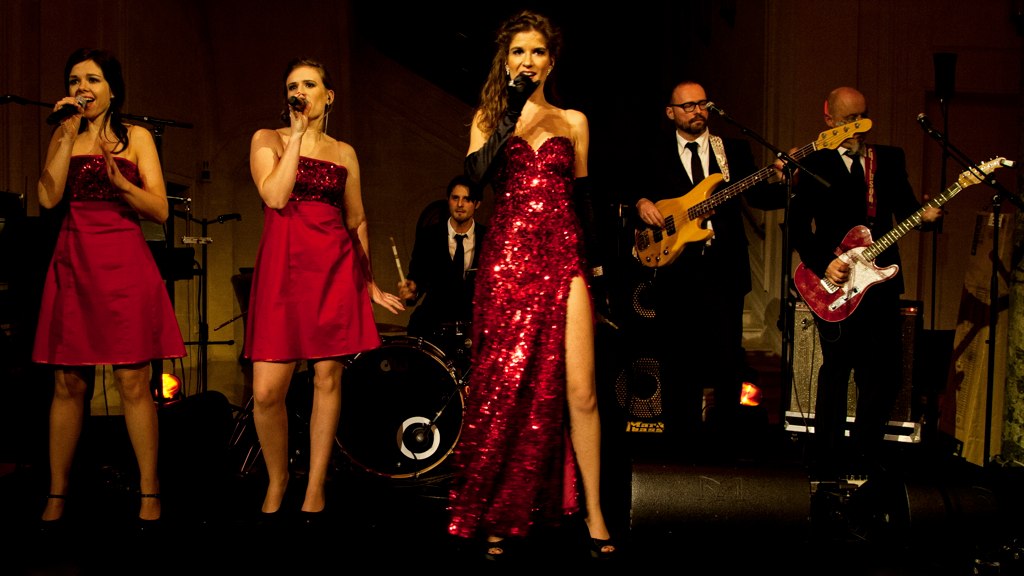
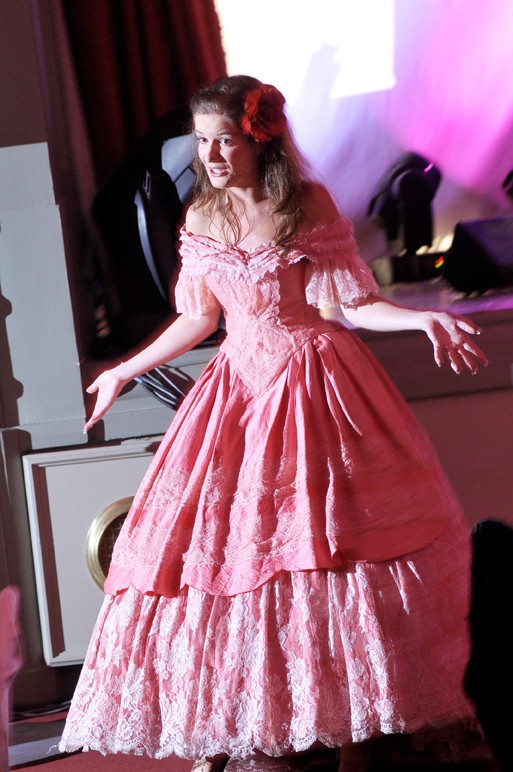
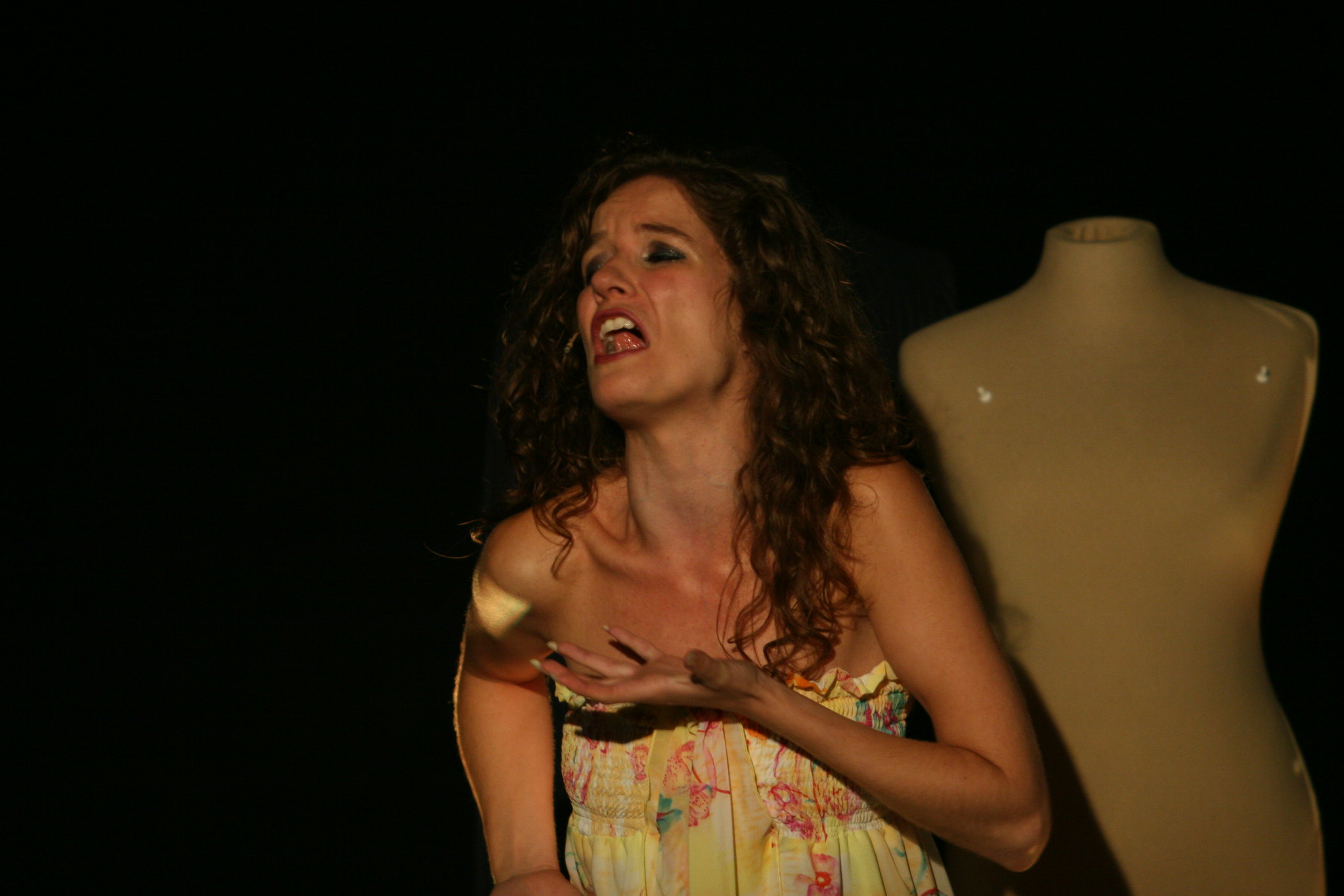
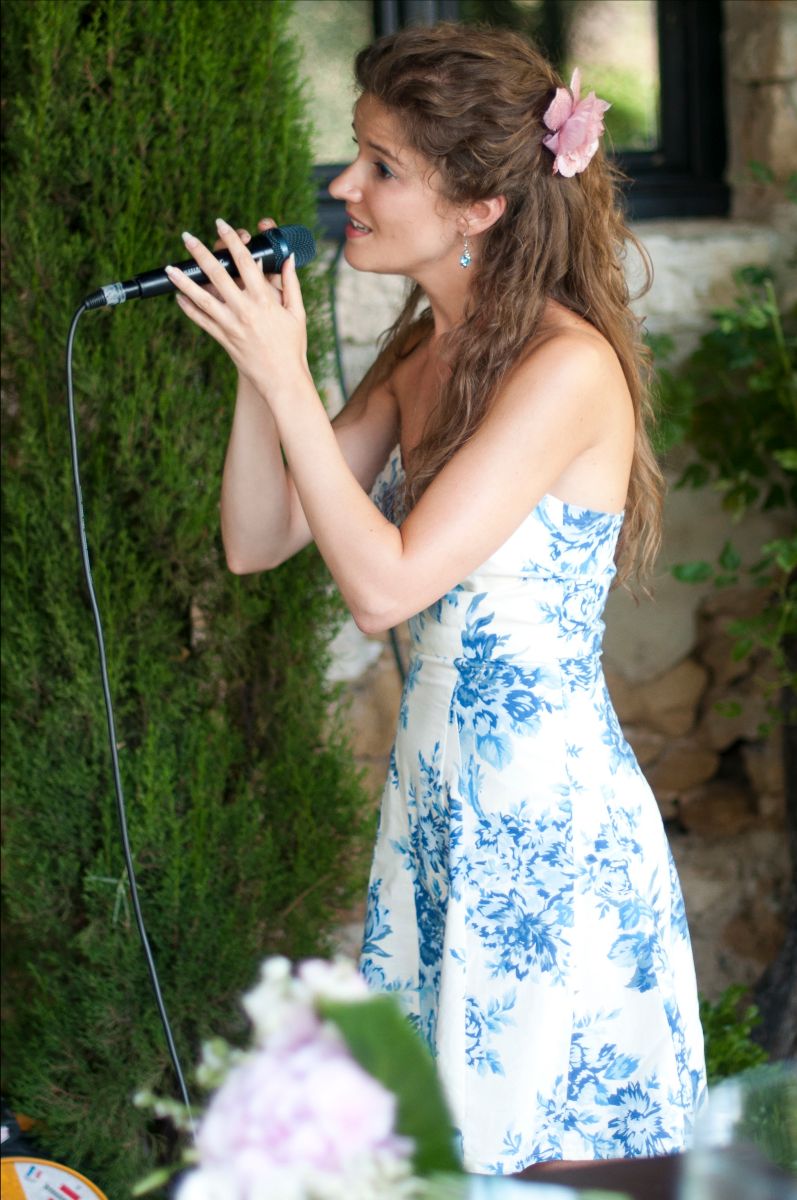
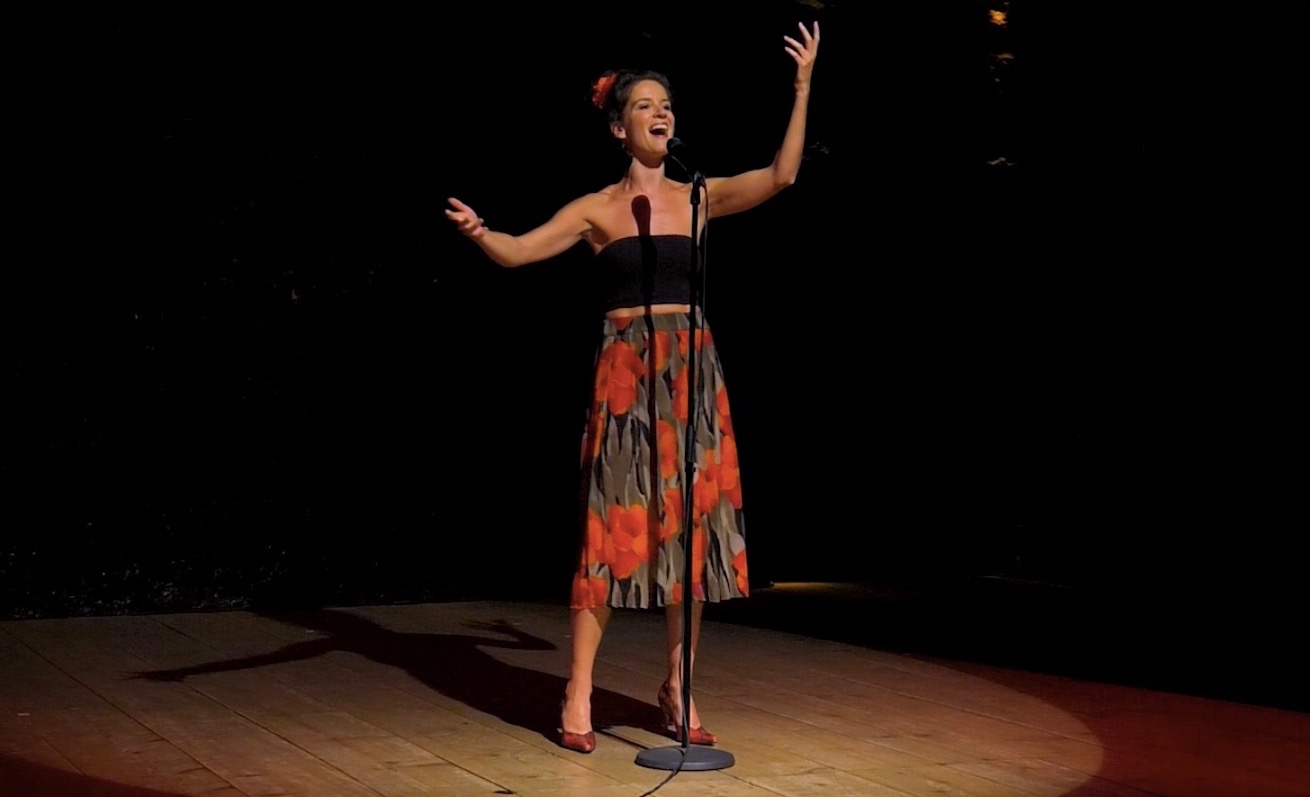
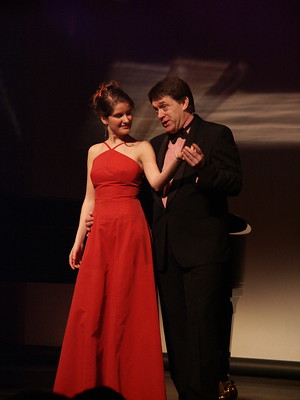
Too bad I don’t have a picture of me singing metal 👻 ☠️ And oh, I have to admit that the outfits are one of the big things I love about being a performing singer 💃🏽
But I’m deviating again…
Here are some things we used to believe to be true:
- We used to think that classical singing is the most healthy way of singing, and that all the other ways of singing will eventually get you and your voice in trouble. A variation on that is that you need classical technique in order to be able to sing healthily in another genre.
All this is absolutely not true. Frankly, it’s arrogant and extremely disrespectful to people who sing other genres.
- We also thought that in order to sing, or – even worse – be allowed to take singing lessons, you already need some sort of talent.
You most certainly do not. How elitist. Everybody has the right to sing, and take singing lessons. And you know what? Nearly everybody can learn how to sing up to a certain level. People that suffer from real tone deafness – amusia – are extremely rare.
- We were convinced that a singer has to place their larynx in a low position at all times, in order to sing healthily.
This is a very wrong assumption, based on lack of knowledge, and stems from point 1. Classical singing indeed very often requires a relatively low larynx, due to the artistic preferences of the genre. But it has absolutely nothing to do with healthy singing. You can position your larynx as high or as low as you want, as long as you know how do it in a functional and balanced way. It allows you to play around with your sound color, and thus is a very interesting way to express your vocal identity.
We thought that we had a head and chest register.
There are no such things. There is no evidence on the existence of head- & chest voice whatsoever in scientific voice research. In fact, the more people were looking for them, the more they came to the realisation that they don’t exist as such. I know, chances are high that I made your head explode right now. In the picture below, you’ll read what Johan Sundberg – in my opinion still the smartest mind on voice – had to say about that, already in 1987. And if you would be an extreme voice geek, I suggest you read the research paper Registers—The Snake Pit of Voice Pedagogy by Christian T. Herbst.
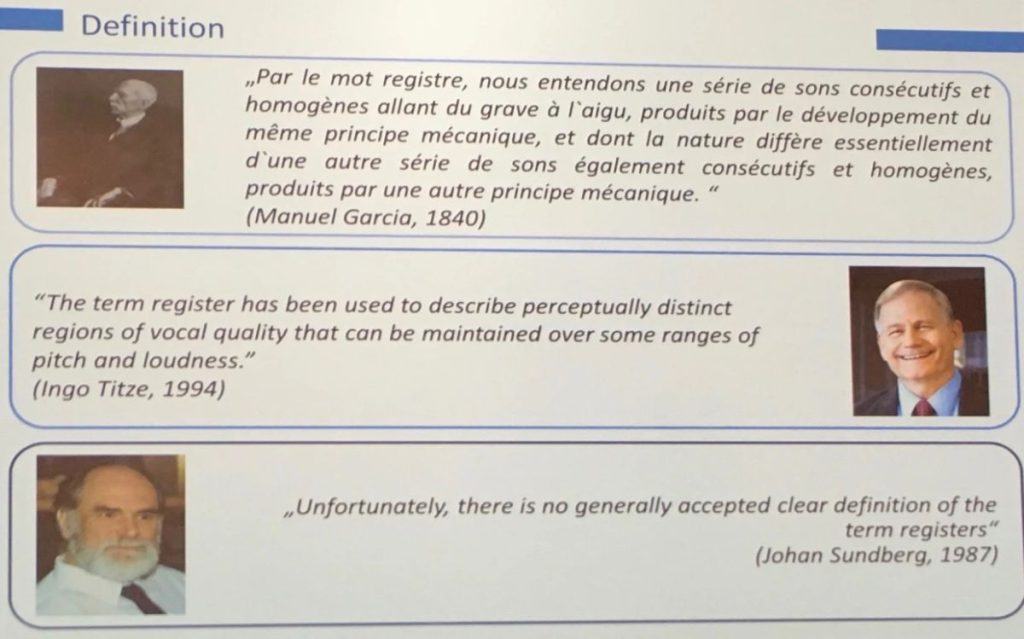
All these wrong assumptions and convictions from the past stem from the fact that when vocal pedagogy and voice science came to life, everything was based on classical singing. In fact, based exclusively on white and male Western classical singing. But that’s another conversation…
Other ways of singing were simply not researched or looked at in those days. Next to that, voice science is an extremely young field. Not so very long ago, we did not have the fancy scanners and endoscopes we have now. We had no way to get a good look at the voice, like we have now. A teacher found something that worked for them, so they explained it to aspiring singers like that. And if that didn’t work for certain singers, that meant that those singers lacked talent, intelligence and / or persistence. Frankly, they were a bad singer and there was no way they would ever learn how to sing 🙄
Yes, the concept and image of head and chest voice can sometimes work very well when communicating with your classical teachers and colleagues, because it stems from the artistic prescriptions for the genre. When you sing an opera aria, there are very strict rules on how you’re supposed to sound. But always keep in mind that they are not linked to correct or healthy singing, do not physiologically happen as such in your instrument, might be very confusing for singers that have a different kinaesthetic experience, and do not serve a singer that wants to sing in other genres. On the contrary, quite often it is very counterproductive or even harmful for them.
In short: They are a synonym for the words high (head) and low (chest); and you can not attach technical rules to them. You will feel the vibrations of EVERY kind of low singing in your chest, whether it be the kind of singing that is preferred in low classical singing or another genre. And if you apply the rules for low classical singing, which is traditionally called chest voice, to for example a very breathy sound in the low part of your voice – a big no no in classical singing but very popular in for example jazz, you will most definitely get in trouble.
The same goes for the high part of your voice. The sensation of vibrations in your chest will disappear when you sing in the high part of your voice, no matter which way you do so. And you might feel that sensation migrate to a place somewhere in your head. But again, every different way you do so, requires its very specific set of rules. If you’d apply the rules of head voice to a high edge – a term used in Complete vocal Technique, you’d most certainly get in trouble.
To top it off: No, there’s no such thing as pulling up your chest voice. Nor a mix. Those terms have developed when we came to understand that head and chest don’t exactly work in genres other than classical. We kept the incorrect and confusing words, and added to the confusion by using more words that do not REALLY work 🙄
So this concept of head and chest voice are nothing more than a stylistic choice. And quite often, the singer needs more than this concept. They need concrete information on how their voice works. Information that nowadays, we have access to. We are moving towards terminology that is linked to voice science. Things we can see happening in the vocal folds and all the structures surrounding them. Things that are present in EVERY voice, not just the ones that sing classically. Terms that can be used in every style and genre, and thus help us to use our voice in a healthy, creative and understandable way.
A sad consequence of the old ideas and terminology has been that many singers have not wanted – and still don’t want to take voice lessons, because they are afraid that it will mess up their sound. And indeed! If they would go to a teacher that still holds on to the old ideas, that teacher would try to make them sing with a classical sound. Not because they have ill intent in mind. I too was convinced of all these wrong statements about “healthy singing”. I had learned all this in the past, and I wanted to pass on my knowledge and help singers. However, good intentions do not help singers, if they are not rooted in continuous education and lifelong learning.
So a lot of singers end up being confused, limited and even harmed. All the untrue statements I mentioned above come from stylistic prefence, lack of knowledge and education, assumptions, ignorance and prejudices.
And they have hurt many people.
They have hurt me. I even ended up being officially declared handicapped to the voice in 2005. In 2017, I shared this story in a blogpost. The amount of people that reacted – and still react – with recognition tells me that even though the times are most certainly changing, the fight is not over. Spoiler: I’m not handicapped to the voice and my experience has inspired me to become the voice teacher I am today.
Indeed, the times, they are a-changing. More and more vocal styles and genres are being researched. A lot of voice teachers have abandoned the old convictions and educated themselves. We are moving forward and liberating voices, one singer at the time. When I started to shed off my limiting beliefs and even conducted my own scientific voice research, I was considered a rebel in my circles and I have encountered a lot of opposition. But I knew that this was the way forward, and in the end, I was proven right.
I can now honestly say that I’m in a community of colleagues that are open to change, respectful to one another and most of all, eager to learn. Because this is how we serve the singers we are working with: By being humble and open to grow, so we can help them to sound like THEY want to sound in an empowering and healthy way.
In 2007, one year and a half after being declared genetically not predisposed to be a singer by a voice doctor, I discovered Complete Vocal Technique – in short CVT. The light went on. I became able to sound like I wanted to sound. There even was scientific research on all those beautiful, crazy, lovely, diverse sounds that I wanted to make! After 4 years of taking many CVT masterclasses and workshops for myself as a singer, I trained for 3 years to become an Authorized CVT Teacher, so I could pass it on to you. That was the beginning of a neverending amazing journey of educating myself in the latest scientific knowledge, methods and pedagogy.
Nowadays, there are many great ways of looking at the voice and CVT is only one of them. However, even though it is not the holy grail – no method is, it remains one of my personal fundamentals.
Subscribe to The singsing! Sofa Library, watch the 4 webinars on Complete Vocal Technique, and learn how to create all the sounds from all the styles / genres in a healthy way!

Haike D'haese - Singer & Actress
Haike D'haese - Singer & Actress

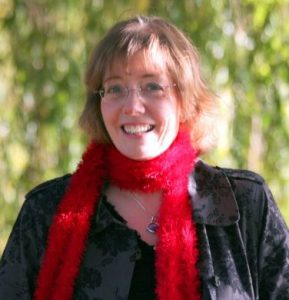
Janet Wheeler - Singer & Choir Conductor
Janet Wheeler - Singer & Choir Conductor

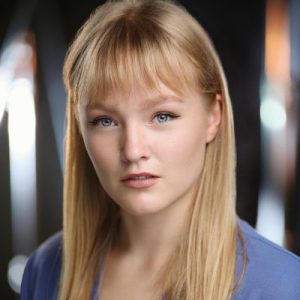
Fanny Lestander - Singer
Fanny Lestander - Singer

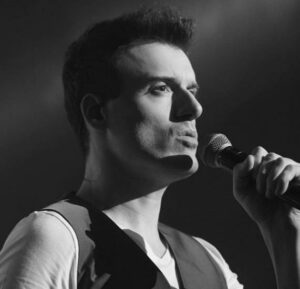
Frederik Rambout - Singer
Frederik Rambout - Singer


Charlotte & Georgia Tonge - Singers
Charlotte & Georgia Tonge - Singers


Helena Neil-Smith - Musical Theater singer
Helena Neil-Smith - Musical Theater singer


Fiza - Singer & Tour guide
Fiza - Singer & Tour guide

As always, feel free to send me your thoughts, questions, and feedback in the comments below this blog, via the contact form or in the singsing! online community
Cordially,
Sarah

